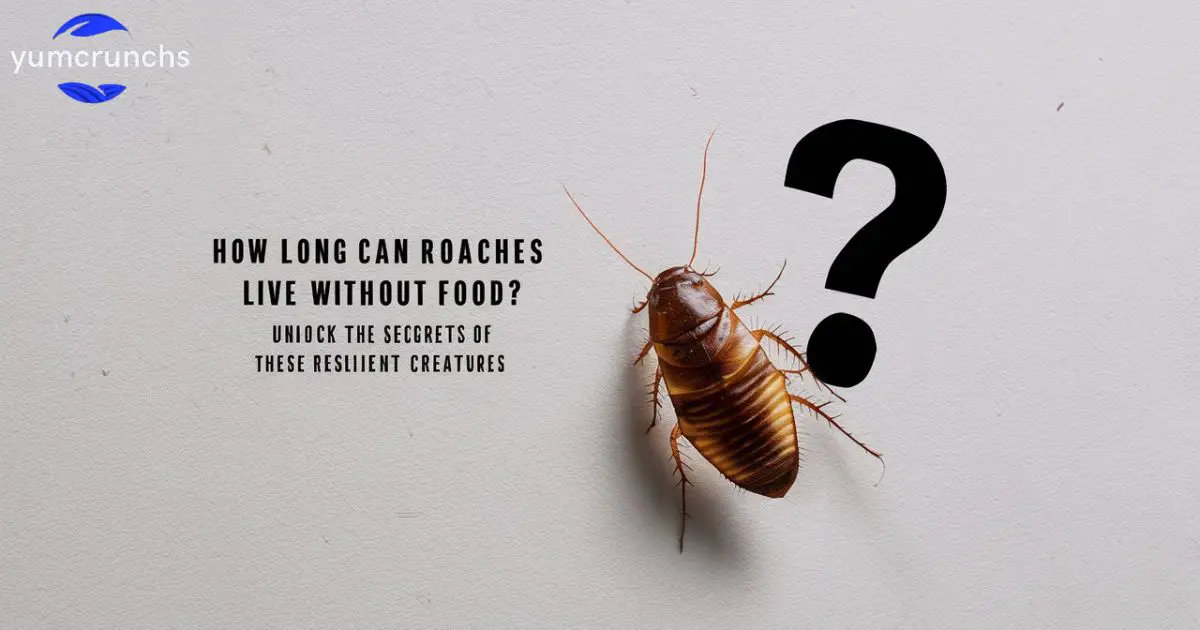Roaches are resilient insects known for their ability to survive in various conditions. One common question often asked is, “How long can roaches live without food?” This question stems from the curiosity surrounding the survival mechanisms of these notorious pests.
Imagine a scenario where your kitchen becomes infested with roaches. You diligently clean every surface, eliminating all traces of food, yet the pests persist. This is where the question arises: How long can roaches survive without food? Understanding this can help in devising effective pest control strategies.
Roaches can live without food for surprisingly long periods, ranging from one week to a month, depending on factors such as species, age, and environmental conditions. This remarkable ability to endure starvation contributes to their reputation as resilient pests, making eradication efforts challenging but essential for maintaining a hygienic environment.
What Cockroaches Eat in Your Home
Cockroaches are scavengers that feed on various items found in homes. They consume crumbs, grease, and food scraps left behind on surfaces. Additionally, Kitchen beetles are attracted to organic matter like decaying food, paper, and even glue.
In your home, Kitchen beetles may also eat pet food left out overnight. They’re known to nibble on soap, cardboard, and even human hair. To prevent infestations, it’s crucial to keep living areas clean and food securely stored.
How Long Can Roaches Live Without Food?
Roaches, known for resilience, can endure weeks without food, surviving due to their slow metabolism. They can last up to a month without sustenance, depending on factors like temperature and humidity. When deprived of food, roaches enter a dormant state to conserve energy.
In this state, they can survive longer, seeking food when available. This adaptation allows them to thrive in various environments, making them challenging pests to eradicate. However, proper sanitation and pest control measures can effectively manage roach infestations.
How Long Can Cockroaches Survive Without Water?
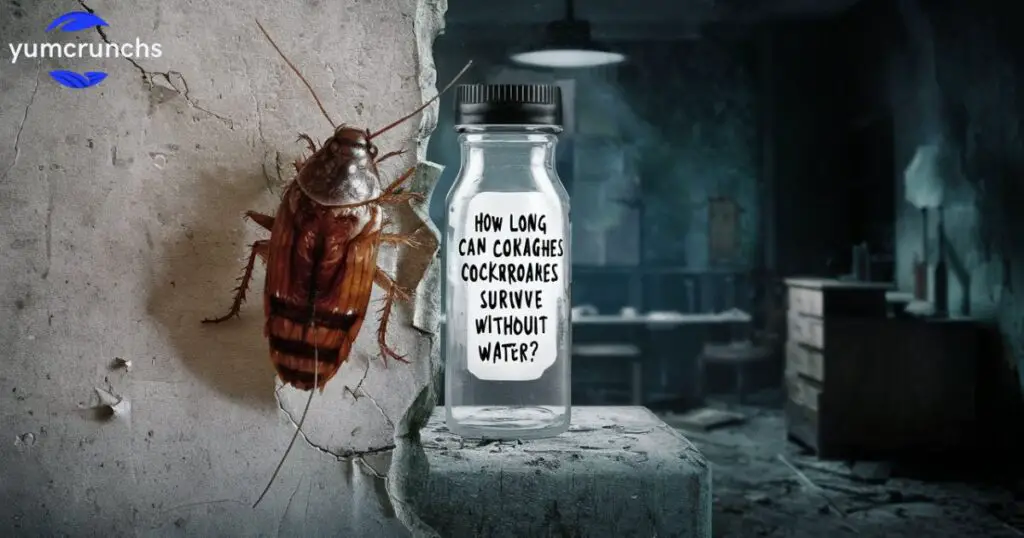
Cockroaches survive without water for about one week or longer. They are resilient insects known for their survival skills. Kitchen beetles can endure harsh conditions due to their adaptability.
Their ability to conserve moisture helps them survive longer periods. Some species can even survive for a month without water. What Foods to Avoid If Alkaline Phosphatase is High? This makes them challenging pests to control in certain environments.
Main Food Sources
- Crumbs and food scraps left on surfaces are primary food sources for Kitchen beetles
- Cockroaches feed on decaying organic matter like rotting fruits and vegetables.
- Grease residue in kitchens attracts Kitchen beetles, providing them with a food source.
- They consume pet food left out overnight, making it a potential food source.
- Cockroaches can nibble on soap, cardboard, and even glue found in homes.
Food Scraps
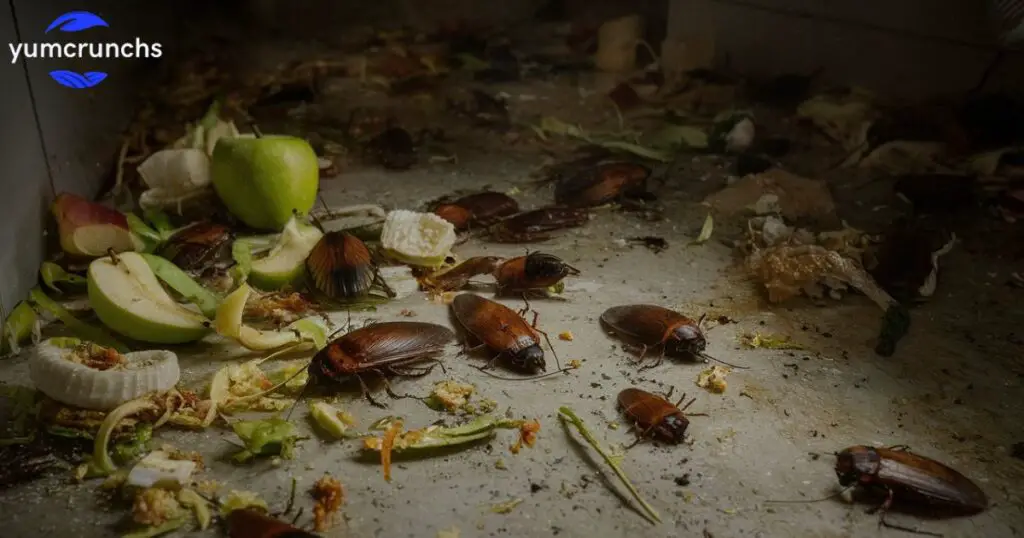
Food scraps refer to leftover pieces of food from meals. These can include bits of vegetables, fruits, meat, or grains. When not properly disposed of, food scraps can attract pests like cockroaches and rodents. They thrive on these scraps, using them as a readily available food source. Food scraps left out for extended periods can also lead to unpleasant odors and the growth of bacteria and mold.
To prevent pest infestations and maintain cleanliness, it’s essential to dispose of food scraps properly. What is The Best Way to Prevent Poor Food Safety? This involves storing leftovers in sealed containers and promptly cleaning up any spills or crumbs. Regularly emptying trash bins and cleaning kitchen surfaces can also help deter pests. By managing food scraps effectively, you can create a hygienic environment and reduce the risk of attracting unwanted pests into your home.
Organic Matter
Organic matter is material from living organisms like plants and animals. It includes things such as leaves, food scraps, and animal waste. When organic matter decomposes, it releases nutrients into the soil. These nutrients are essential for plant growth and soil health.
In agriculture, organic matter improves soil structure and fertility. It also helps retain moisture and supports beneficial soil organisms. Proper management of organic matter is vital for sustainable farming practices.
Secondary Food Sources
- Kitchen beetles can feed on toothpaste residue left in bathrooms.
- They may consume paper and cardboard materials found in homes.
- Kitchen beetles are attracted to pet fur or dander as a food source.
- Grease buildup in kitchen appliances serves as secondary food for roaches.
- Cockroaches can nibble on fabric, such as curtains or upholstery, for sustenance.
Cardboard and Paper
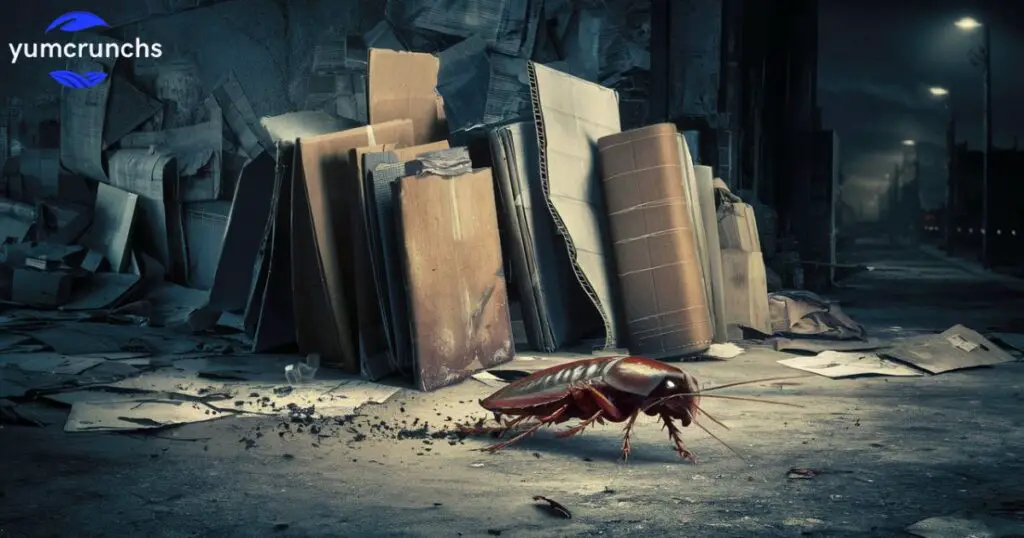
Cardboard and paper are common materials used in packaging and printing. They are made from wood pulp and are lightweight and versatile. Cardboard and paper products are found in many households, and used for packaging goods and as writing or printing material.
While useful, cardboard and paper can attract pests like cockroaches if left in damp or neglected areas. Cockroaches may chew on cardboard or paper for sustenance, especially if other food sources are scarce. To prevent infestations, it’s important to store cardboard and paper products in dry, well-ventilated areas and promptly dispose of any damaged or unnecessary items. Additionally, “How Long Can Betta Fish Go Without Food” is a common query among pet owners, especially those new to caring for these fish.
Soap and Toothpaste
Soap and toothpaste can be effective against roaches due to their chemical composition. Both contain ingredients that can suffocate or repel roaches upon contact. To use soap, mix it with water and spray it directly on roaches or their hiding spots. The soap disrupts their respiratory system, leading to suffocation.
Similarly, toothpaste can be applied in cracks and crevices where roaches hide. Its strong scent and taste repel roaches, discouraging them from infesting the area further. While these methods may offer temporary relief, long-term solutions like sealing entry points and maintaining cleanliness are crucial for effective roach control.
Book Bindings
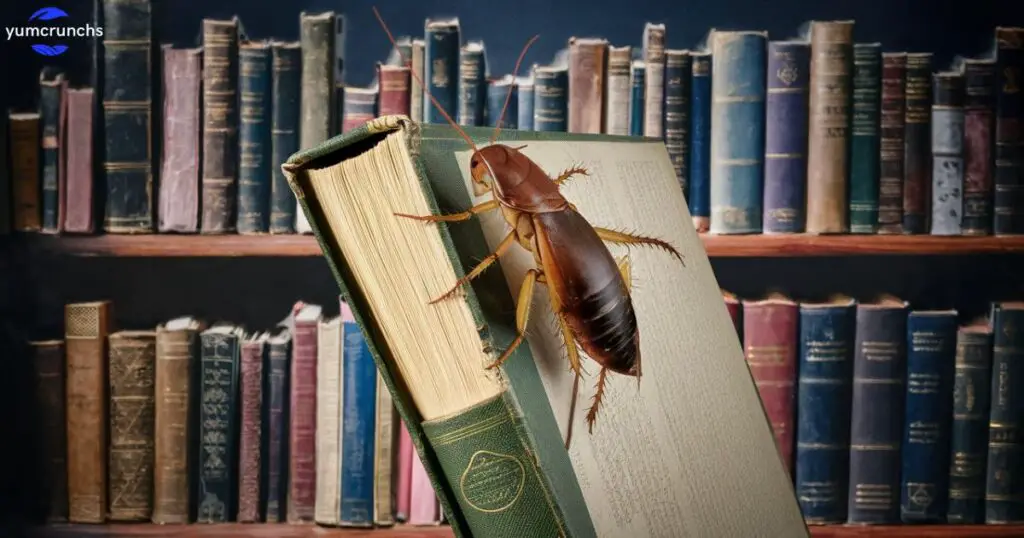
Bookbindings can provide hiding spots for Kitchen beetles in homes. Kitchen beetles may seek shelter within the crevices of book bindings.
To prevent infestations, regularly inspect and clean bookshelves and books. Sealing cracks and crevices can help deter pests from hiding in book bindings.
Glue and Adhesives
Glue and adhesives are commonly found in households for various purposes. They are used for repairing items, crafting, and sealing packages. Kitchen beetles can be attracted to the scent and taste of glue, especially if it contains organic materials.
To prevent Palmetto beetles from being attracted to glue and adhesives, store them in sealed containers. Regularly clean up spills or drips to eliminate potential food sources for pests. Consider using alternative methods or products that do not contain ingredients attractive to cockroaches. Additionally, be mindful of the presence of 5 Foods That Attract Cockroaches in your surroundings.
Pet Waste
Pet waste, such as urine and feces, can attract Palmetto beetles. Palmetto beetles are attracted to the organic matter in pet waste. They may feed on or nest in areas with pet waste.
To prevent Palmetto beetles, regularly clean up pet waste indoors and outdoors. Dispose of pet waste in sealed bags and keep outdoor areas clean. Proper waste management helps reduce the likelihood of cockroach infestations.
Preventing a Cockroach Infestation
- Seal cracks and crevices in walls and floors.
- Keep food stored in airtight containers.
- Clean up spills and crumbs promptly.
- Dispose of garbage regularly in sealed bins.
- Use screens on doors and windows to prevent entry.
- Keep pet areas clean and free of food waste.
- Eliminate standing water sources.
- Regularly clean and vacuum living areas.
Removing Roaches in Your Home
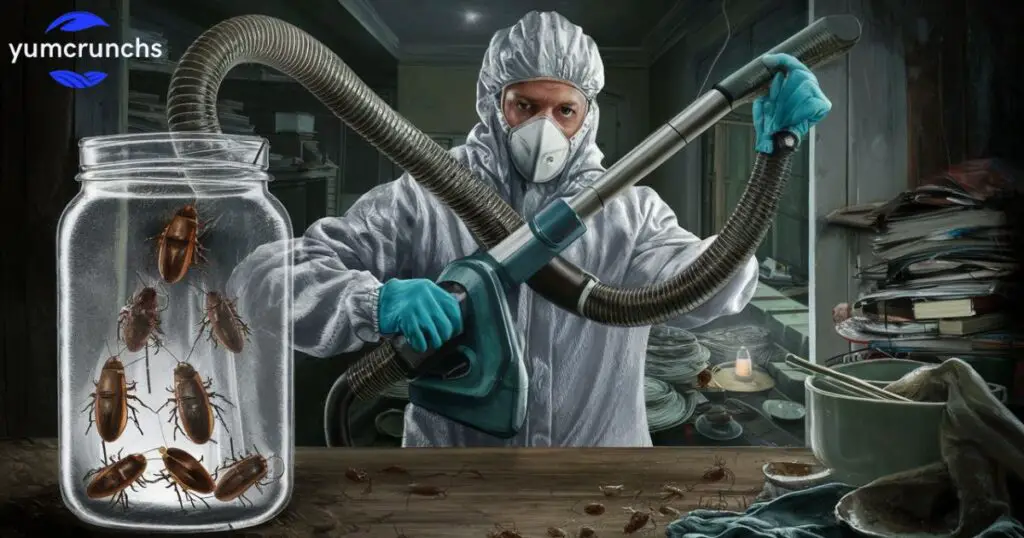
| Methods | Description |
| 1. Cleanliness | Regularly clean surfaces and remove debris. |
| 2. Sealing Cracks | Seal cracks and crevices to deny entry. |
| 3. Boric Acid | Use boric acid as a non-toxic insecticide. |
| 4. Traps | Set up traps to capture roaches. |
| 5. Diatomaceous Earth | Sprinkle diatomaceous earth in infested areas. |
| 6. Essential Oils | Apply essential oils known to repelPalmetto beetles. |
| 7. Professional Help | Seek assistance from pest control professionals |
What is the best way to control roaches
Best Ways to Control Roaches
- Regularly clean and sanitize your living spaces to remove food sources.
- Seal off entry points such as cracks and crevices in walls.
- Use baits and traps strategically to target roaches effectively.
- Consider professional pest control services for severe infestations.
Will Cockroaches Leave If There Is No Food?
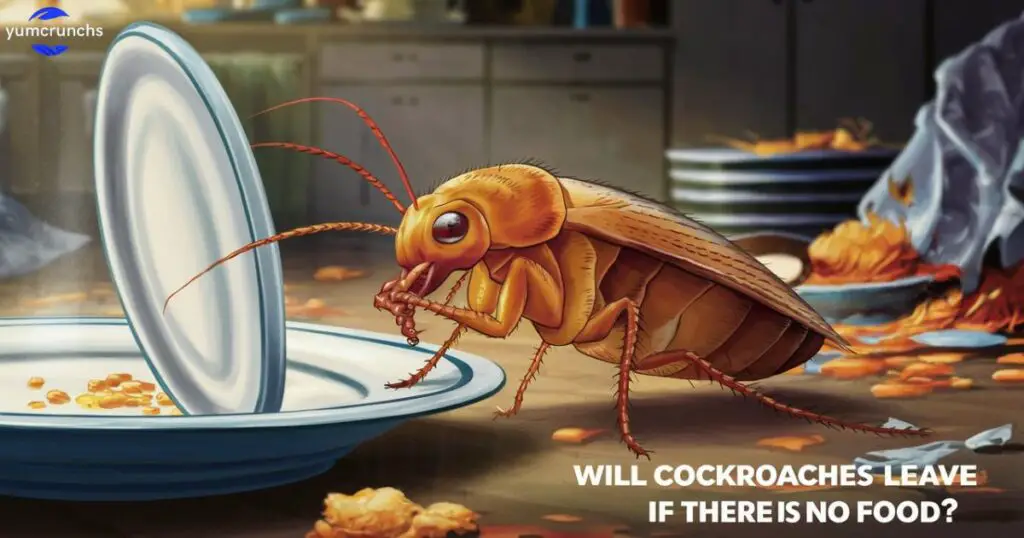
Cockroaches won’t leave if there’s no food, as they adapt well. They can survive on water alone for a month. These pests can find food in unexpected places, including crumbs or residues. They’re attracted to warmth, moisture, and shelter more than food. Cockroaches can live in various environments, including clean homes. Sealing food, fixing leaks, and keeping a clean house can deter them.
Removing food sources reduces cockroach activity but won’t eliminate them. Cockroaches are resilient and can scavenge for tiny crumbs or residues. They’re attracted to any potential food, even in minimal amounts. Maintaining cleanliness is crucial in cockroach prevention efforts. Regular cleaning and proper food storage are essential in controlling infestations.
FAQ’s
How do cockroaches enter homes?
Cockroaches can enter homes through cracks, crevices, vents, and even on clothing or bags.
What attracts cockroaches to a household?
Cockroaches are attracted to food crumbs, grease, moisture, and warm, dark hiding places.
How can I prevent cockroach infestations?
Keep your home clean, seal entry points, and eliminate food and water sources.
Conclusion
In conclusion, understanding the habits and preferences of cockroaches is essential for effective pest control. By implementing cleanliness practices and sealing entry points, homeowners can significantly reduce the risk of infestation. However, despite our best efforts, the adaptability of cockroaches often leaves us questioning their persistence in our homes. Perhaps there’s more to learn about these resilient insects and the environments they thrive in.
As we contemplate the intricacies of cockroach behavior, it sparks a curiosity about the unseen world within our homes. What other secrets do these pests hold, lurking in the shadows of our daily lives? Exploring further might unveil fascinating insights into cohabitating with these resilient creatures.

Daniel, a seasoned author with 8 years of expertise in SEO, brings a delectable blend of culinary flair and digital finesse to the food niche on his website.
